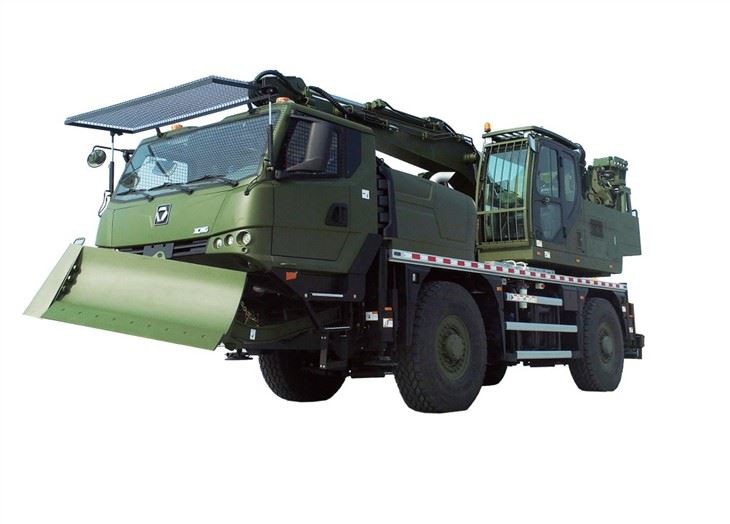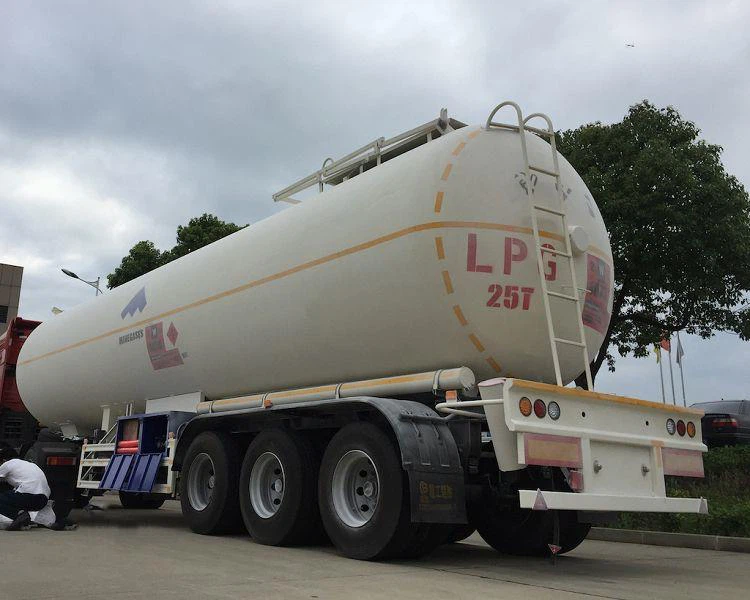Understanding the Wheels on the Garbage Truck: Function, Types, and Importance

Introduction
Garbage trucks play an essential role in maintaining cleanliness and order in our communities. Among the various components that make a garbage truck effective in its operation, the wheels are crucial. This article explores the significance of wheels on the garbage truck, their types, maintenance, and more. By the end of this comprehensive guide, you will have a deeper understanding of how these wheels contribute to the overall function of garbage trucks and their impact on waste management systems.
The Anatomy of a Garbage Truck
Overview
A garbage truck is specifically designed to collect and transport waste from residential and commercial locations. Understanding its components helps to appreciate the importance of the wheels in its operation.
Main Components
- Chassis
- Compactor
- Body
- Wheels
- Loading mechanism
Types of Garbage Trucks
There are several types of garbage trucks, and each has a distinct design based on its purpose. The most common types include:
- Rear Loaders
- Front Loaders
- Side Loaders
- Roll-Off Trucks
The Role of Wheels in Garbage Trucks
Weight Distribution and Stability
The weight distribution of a garbage truck is primarily influenced by its wheels. Properly designed wheel systems ensure stability and balance, especially when the truck is fully loaded. If not managed correctly, a poorly balanced truck can tip over or become difficult to maneuver.

Traction and Handling

Wheels provide the necessary traction for the garbage truck to navigate various terrains. Garbage trucks often operate in challenging conditions, including uneven surfaces, mud, and tight spaces. Well-designed wheels enhance the truck’s handling, allowing for safer driving in urban environments.
Types of Wheels Used on Garbage Trucks
Standard Wheel Types
Garbage trucks typically use two main types of wheels:

- Steel Wheels
- Aluminum Wheels
Comparative Table of Wheel Types
| Wheel Type | Material | Weight | Cost | Durability |
|---|---|---|---|---|
| Steel Wheels | Steel | Heavier | Lower | High |
| Aluminum Wheels | Aluminum | Lighter | Higher | Moderate |
Wheel Sizes for Different Garbage Trucks
Common Sizes Used
Garbage truck wheels come in various sizes, typically measured in inches. The diameter and width can affect the truck’s load capacity and maneuverability. Common wheel sizes include:
- 22.5 inches
- 24 inches
- 20 inches
Choosing the Right Size
Choosing the right wheel size depends on the truck’s design, expected load, and type of waste it handles. For heavy-duty operations, larger wheels may be necessary to handle significant weight and provide better stability.
Maintenance of Garbage Truck Wheels
Importance of Regular Maintenance
Maintaining wheels on garbage trucks is essential for safety and efficiency. Regular checks can prevent accidents and ensure the truck operates optimally.
Key Maintenance Tips
- Regularly check tire pressure
- Inspect for wear and tear
- Rotate tires periodically
- Ensure proper alignment
The Environmental Impact of Proper Wheels on Garbage Trucks
Fuel Efficiency
The design and condition of wheels significantly impact fuel efficiency. Properly maintained and suited wheels can reduce fuel consumption and lower emissions.
Reducing Spillage
Wheels designed for stability and traction help reduce the chances of spillage when transporting waste. This is crucial in preventing litter and maintaining a cleaner environment.
Innovations in Garbage Truck Wheel Technology
Emerging Technologies
The waste management industry is always evolving, and wheel technology is no exception. Innovations such as:
- Run-flat tires
- Smart tire technology
- Eco-friendly materials
these advancements enhance safety and environmental performance.
Examples of Modern Wheel Technologies
Some manufacturers are beginning to implement smart tire technology that can monitor tire pressure and temperature, alerting drivers and operators of any issues before they become serious.
Practical Tips for Communities
Community Involvement in Waste Management
Residents can play a role in waste management by being aware of how waste collection operates, including the importance of wheels. Here are some tips:
- Keep streets clear of obstructions
- Report any road damages or maintenance needs
- Participate in community clean-up projects
Understanding Waste Collection Schedules
Knowing the garbage collection schedule helps residents prepare their waste and can reduce the frequency of encounters with garbage trucks, ensuring safer road use for all.
Frequently Asked Questions (FAQs)
1. How often should garbage truck wheels be inspected?
Garbage truck wheels should be inspected regularly, ideally before and after each shift or weekly, focusing on tire pressure, wear, and alignment.
2. What happens if the wheels on a garbage truck fail?
If a garbage truck’s wheels fail, it can lead to loss of control, accidents, and potential injuries. It is crucial for operators to monitor their condition closely.
3. Are there any eco-friendly wheel options available?
Yes, some manufacturers are producing wheels made from eco-friendly materials, which help reduce the environmental impact of waste management operations.
4. What is the average lifespan of garbage truck wheels?
The lifespan of garbage truck wheels can vary based on usage, but they typically last between 5 to 7 years with proper maintenance.
5. How can improper wheel maintenance affect waste collection?
Improper wheel maintenance can lead to accidents, increased fuel consumption, and inefficiency in waste collection, ultimately affecting service quality.
6. What type of wheels are best for garbage trucks operating in urban environments?
Wheels that provide excellent traction and stability, such as those designed for off-road use, are often the best choice for garbage trucks in urban settings.
